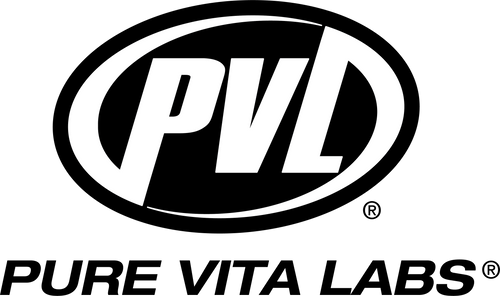Whether you’re a beginner in the gym or have been training for years, proper squatting technique is essential for maximizing your performance and reducing injury risk. Good squat form is critical to getting all the large muscles in your lower body to grow.
This guide looks at all aspects of proper squatting form. Learn how to position yourself correctly before performing squats, which muscles are involved in the movement, and critical tips on training for mass, power, or strength. Buckle up!
Squat Workout Muscles Worked & Technique
Squatting targets many muscles in your lower body, engaging your quads, hamstrings, glutes, and calf muscles. Squats also activate your core, creating a stabilizing effect that helps prevent injury and center your body throughout the movement. However, you must ensure you’re performing the squat correctly to get the most out of the exercise and avoid injury. Here are some tips for performing squats with proper form:
- Start by standing with your feet slightly wider than shoulder-width apart, toes pointed slightly outward.
- Bend your knees and lower your hips until your thighs are parallel to the ground. Make sure to keep your back straight throughout the movement.
- Push through your heels as you raise yourself to the starting position, squeezing your glutes at the top. Keep your knees behind your toes as you come up to protect them.
- Repeat for the desired number of repetitions.
You can squat with dumbbells, kettlebells, your bodyweight, or a barbell. We recommend starting with your bodyweight before weights. Then, move to dumbbells or kettlebells before attempting the barbell squat to get the form down and protect yourself from injury.

Squat Workout for Mass
When building mass through squats, the number of reps and sets can make or break your progress. The key is focusing on the volume — reps and sets — versus heavier weights when training for size. Four to five sets of eight to 12 reps with moderate weight is an excellent place to start.
Squat Workout Routine for Strength
Increasing the weight and decreasing the reps to four to six for two to three sets can maximize the muscle stimulus if strength is your goal. Compared to the squat workout for mass, the strength protocol requires less volume but heavier weight.
Squat Workout Plan for Power
The volume will be reduced even more when you’re training for power. The load will be light since the focus here will be explosive movements such as jumping. We recommend the exercise below to improve your lower body power.
Squat Jump Exercise
As the name suggests, this movement involves squatting and jumping. You can use either your bodyweight, dumbbells, or a barbell. For optimal power results, we recommend using light weight with a barbell and jumping as high as possible for three to five reps. When you’re training for power, there’s no need to do much more reps than that since the goal here is to exert yourself fully before performance drops. After a few reps, you won’t be able to jump as high, which would start making the workout more of a muscular endurance exercise.
Wrap Up
Squatting correctly is essential for achieving strength, mass, power, and injury prevention. This popular exercise should be done with caution due to its complexity and intensity, so take the time to perfect your form to ensure you’re reaping all the benefits. Address the weight you can handle safely — starting light — and challenge yourself as you get the form down for the best results.
Now that you’ve been equipped with tools to squat correctly, what are you waiting for? Get out there and start squatting!
Article by Terry Ramos


